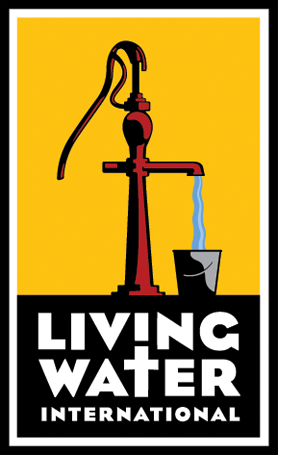Whether you work for a corporate conglomerate or just recently started your own freelance business, chances are at some point, you will need to prepare a proposal. A potential client contacted you about your products or services, are considering working with you, but want some details on what you charge and what you offer and you are left needing to prepare a professional proposal.
Google doesn’t offer much help. Search the words “client proposal,” proposal” or “quote” online and you will find a plethora of tips, ideas and samples ranging from a single, static sheet with standard costs, up to a twenty page booklet giving you a history of the company and bios of every employee.
The task can seem daunting if you have never prepared a proposal.
You want to come across as professional and provide the potential client with everything they need, but on the other hand, you don’t have the time to develop or print a 20 page booklet on your company.
Every business is different, and you will need to find what works best for you, but an informative proposal should include the following:
1. Project Summary
The client requested a proposal for a reason; make sure you reiterate it. Maybe they are looking for someone local to revamp their web site, or are looking to replace a current service provider who is lacking greatly in the service department. Write out the goals they hope to achieve and remind your potential client whey they came looking to you and what they asked for in the proposal.
2. Project Recommendations
After you have summarized the client’s needs, explain what you recommend to solve those needs. Consider this your “selling” stage – it’s where you get to elaborate on your services, offer products or services they didn’t ask about and explain why they need what you have to offer. Do not get into costs or specifics in this stage, simply give your potential client the ideal of what they should consider in meeting their needs.
3. Project Schedule and Process
People want to know what they can expect out of you in terms of a working relationship, so in as much detail as possible, provide your client with an explanation of the project schedule and process. List out the different components of the project and an estimate of when you will be able to have them completed. Provide them with a schedule of when you will work on their project. Explain your process and what each stage will provide them.
For example, as a graphic designer, each project has a Creative and Production stage, where I go about doing the work of turning concepts into viewable work. In this stage, I provide my clients with:
- Production proofs for review and refinement;
- Suggestions and revision;
- Production management for the finished product;
- The finished product.
Be thorough, but be concise. Your client doesn’t need a wordy explanation of each stage in the process, but a brief explanation and list of tangibles they will receive.
4. Price Estimate
This is where you get into the nitty gritty of pricing. List out all the services you are providing, along with what the price covers, and your proposed estimate, along with a total cost. For instance, when I prepare an estimate for logo design, I state on the price sheet that the estimate includes 4 initial concepts, up to 4 rounds of revisions and the formats they will receive when the logo is approved. Make sure include that all prices estimates and may change due to client needs (such as traveling to location, taxes, etc).
5. Company Information
Give your potential client an overview of your company, a list of your capabilities and a brief write-up of why they should choose you. This is where you get to sell your company, not just your services. Are you known for your commitment to customer service? Let your potential client know that. Have you worked with some famous companies? Highlight your work for them. It is up to you how detailed you want to be in this section. Some businesses provide a single page, others take up half the proposal providing samples of past work.
6. Terms and Conditions
If you have any terms and conditions that you require client agreement upon before starting work, list them out in your proposal. It will give your client a better idea of what it means to work with you, can save you from hassle down the road.
7. Contact Information
Whether you include it in your footer, on a proposal cover or as the final page of your proposal, make sure you provide your clients with pertinent contact information.
A professional and concise proposal will help set you apart from your competition and provide your potential clients with a better understanding of the benefits they will gain by working with you. Your proposal does not need to be lengthy; just make sure you include the information above in a clean and easy to read format.







 I am passionate about making a lasting impact on the world so 10% of the money I earn from each project will be donated to provide clean water wells in third world countries through
I am passionate about making a lasting impact on the world so 10% of the money I earn from each project will be donated to provide clean water wells in third world countries through